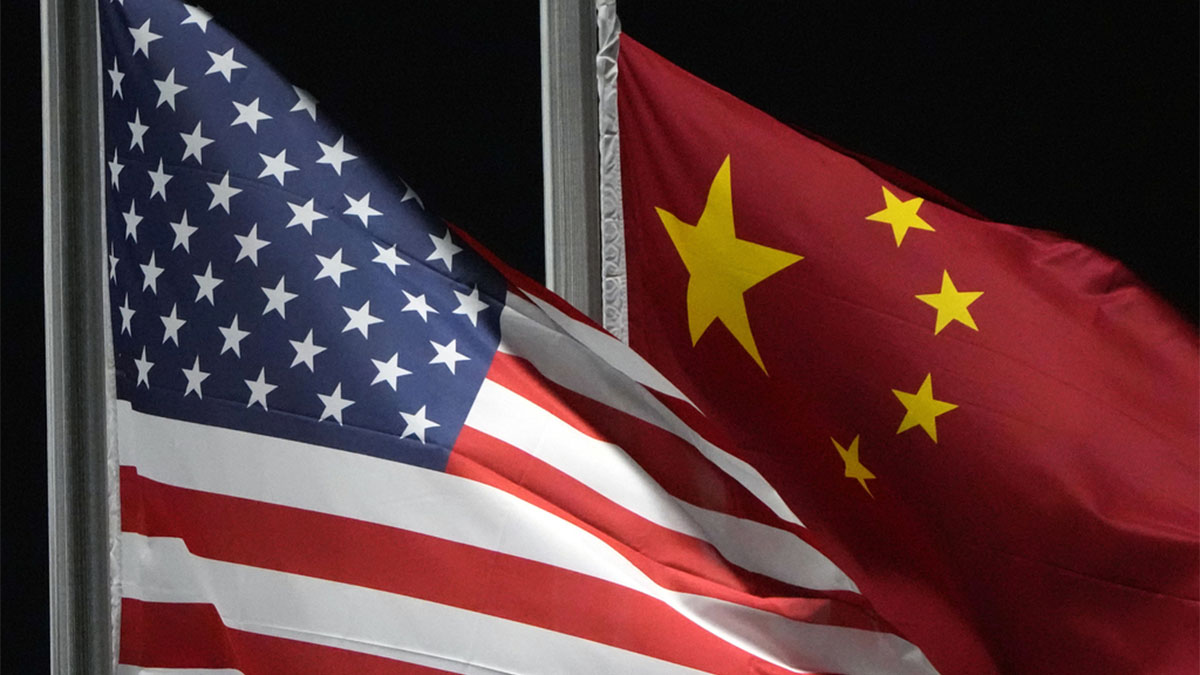The latest data from China and Southeast Asia show that prices are rising more slowly, a trend that is growing and going beyond just local economic conditions. Behind the falling prices from producers and weaker consumer inflation, there is a bigger story—one that is increasingly shaped by US President Donald Trump’s trade policies.
Usually, inflation is driven by local issues and of course, guided by regional supply factors, but what’s happening in Asia now seems to be caused by global forces, especially political ones. Trump’s protectionist economic policies, like new tariffs, are having an effect far beyond the United States.
China’s factory gate prices plunge
China’s producer price index (PPI) dropped a startling 3.6 per cent year-on-year in June, marking the sharpest contraction in nearly two years. This surpassed economists’ expectations and extended a streak of factory-gate deflation to 33 consecutive months. While weak consumer demand and oversupply have played a role, there is a growing recognition that this is not merely a domestic issue.
Consumer prices in China (measured by the Consumer Price Index, or CPI) went up slightly by 0.1 per cent in June compared to the same time last year. This small rise marks a technical end to deflation. However, core inflation, which leaves out food and energy prices, is still low at 0.7 per cent.
Experts have warned that deflation may not yet be over. The slow recovery in China’s property market and the early stages of an “anti-involution” campaign, which is meant to stop harmful price-cutting between companies, point to this analysis.
These price wars, especially in sectors like autos, batteries and solar panels, reflect manufacturers’ attempts to offload excess capacity in the face of weakening domestic and foreign demand. With US tariffs squeezing access to North American markets, Chinese firms have increasingly turned to Southeast Asia as an outlet, flooding regional markets with cheap goods. This shift reflects the transnational dimension of the price collapse.
Southeast Asia: Collateral damage in the US-China trade crossfire
Thailand, often seen as an inflation bellwether in Asean, saw its CPI drop 0.25 per cent in June, its third consecutive month of decline, a report in Nikkei Asia said. Thai officials attribute this to a bountiful agricultural harvest and lower food and energy costs. However, economists warn that Thailand is particularly vulnerable to deflation, given its political uncertainty and stalled tourism recovery, both of which drag on consumer demand.
The region’s fragility is being compounded by surging imports of cheap Chinese goods. In her view, Thailand, with its heavy reliance on Chinese tourism and weak domestic spending, is highly exposed to imported deflation. This vulnerability is mirrored across the region. Singapore’s headline inflation dropped to 0.8 per cent in June, the lowest since the pandemic, while Malaysia’s eased to a four-year low of 1.2 per cent in May.
Impact Shorts
More ShortsImportantly, these developments are not simply cyclical. China, once a net importer from Asean, has become a major net exporter to the Asean-5, especially in consumer electronics and manufactured goods. This shift is largely a byproduct of US-China trade frictions.
Trump’s tariffs: Economic contagion in policy form
The root of these distortions, increasingly, can be traced back to Washington. Trump’s return to aggressive tariff measures, particularly on Chinese and Japanese goods, has upended trade flows. In an effort to bypass US tariffs, Chinese producers have rerouted goods to friendlier Southeast Asian markets, effectively exporting deflation.
In this way, Trump’s economic interventions, though framed as domestic protectionism, have created ripple effects that stretch across Asia. This isn’t the usual effect of US Federal Reserve policies or changes in capital flows. Instead, it’s a price disruption caused by government policies in the US spreading through trade to affect both industrial and consumer sectors in Asia.
Japan: A mirror and a warning
Even Japan, which has stronger institutions and is trying to move away from more than ten years of very loose monetary policy, is also being affected. Core consumer inflation in Japan is still high at 3.7per cent, but wholesale inflation has dropped for the third month in a row in June, which could mean prices may start falling soon.
The Bank of Japan has already raised interest rates earlier this year, but now it faces a tough choice whether to raise rates again, even as trade weakens or change course to support falling demand from other countries.
Beyond trade: A struggle for market share
Underlying this entire narrative is a transnational price war, one in which China and Southeast Asian nations are locked in a contest for consumer markets that are shrinking due to political walls. Chinese firms, pressured by overcapacity and dulled by domestic demand fatigue, are selling into Southeast Asia at cut-rate prices, pushing regional producers to either lower their prices or surrender market share.
Beijing, recognising the damage, has pledged to regulate excessive price-cutting. Yet, without strong stimulus, China may remain trapped in a deflationary spiral and exports, particularly to Asean will remain Beijing’s best short-term outlet.
Inflation no longer stays local
Traditionally, inflation and deflation were seen as primarily domestic phenomena, shaped by local monetary policy, supply constraints or fiscal measures. But what Asia is experiencing now is different. The Trump administration’s trade war has turned inflation into a transnational variable, transmitted through trade flows, consumer expectations and price competition.
In this situation, policy decisions in Washington, once considered remote, have direct effects on food prices in Thailand, electronics prices in Malaysia and export strategy in Guangdong. Trump, in his bid to revive US industry, has inadvertently reshaped the inflation dynamics of half the globe. Inflation has gone global in a new way. It is no longer driven purely by monetary forces, but by political choices, chief among them the Trump administration’s protectionist agenda.
The rise of a transnational Trump effect is not just visible in trade data or diplomatic tension, it is embedded in the price tags of goods across Asia.
)